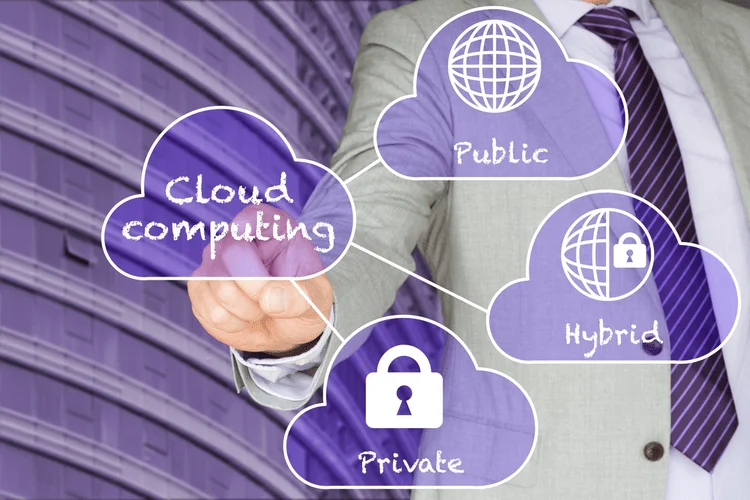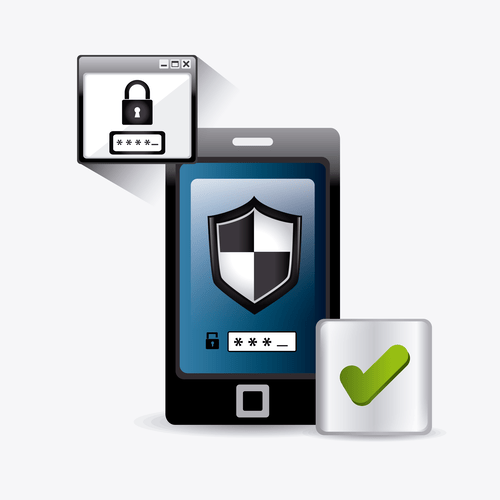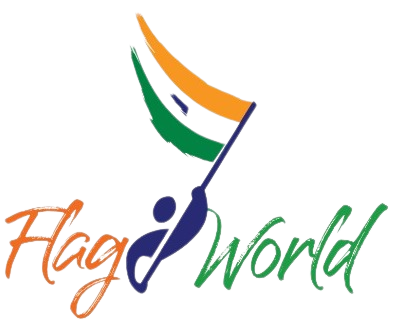Every company/organisation operates in an setting that accommodates a big selection of dangers. Some of those risks can be avoided, whereas others must be accepted and managed to reduce their business impression. An organisation’s capability to sustain in the occasion of a threat and not directly add to its market value could be aided by well timed evaluation of potential dangers and implementation of adequate measures to mitigate such risks.
After all risk sharing, threat transfer and risk discount measures have been implemented, some danger will remain since it’s nearly inconceivable to eliminate all risk (except via danger avoidance). Avoidance is a method for mitigating danger by not collaborating in actions which will negatively affect the group. Not investing or beginning a product line are examples of such actions what is risk control as they keep away from the danger of loss. While the NIST criteria pertains to unfavorable risks, comparable processes could be applied to managing optimistic dangers. The risks that fashionable organizations face have grown extra complex, fueled by the rapid tempo of globalization. New dangers are continually rising, often associated to and generated by the now-pervasive use of digital technology.

By creating and sustaining an up-to-date RACM, organizations can achieve a comprehensive understanding of their threat panorama and the effectiveness of their risk control measures. This information can inform strategic decision-making, guide useful resource allocation, and support steady improvement in risk administration practices. Risk identification is the process of identifying and assessing threats to a corporation, its operations and its workforce. For example, risk identification can embrace assessing IT security threats similar to malware and ransomware, accidents, pure disasters and other probably harmful events that would disrupt enterprise operations. In many companies, enterprise executives and the board of administrators are taking a fresh take a glance at their danger administration packages.
Take Steps To Manage Dangers
A successful threat administration program helps a corporation contemplate the complete vary of risks it faces. Risk administration additionally examines the relationship between various sorts of enterprise dangers and the cascading impact they could have on an organization’s strategic goals. The subsequent stage of danger management is to implement the controls selected. When implementing a control, it is best to ensure every management is properly thought out, structured, and communicated to the group. Control failures may result from a lack of knowledge, lack of communication, lack of structure, and poor design.
Last, the medical workplace would evaluate its danger control plans frequently and replace the plans to replicate any modifications within the office, business, or regulatory environment. Various risk management approaches could be implemented to lessen the impression of potential threats to an organization. These approaches help organizations understand the uncertainties that might influence a corporation’s operations. Risk administration methods and techniques might help reduce the impact of those dangers, defending the organization from potential financial losses, litigation, operational disruptions, and different unexpected challenges. Let’s take a couple of moments to evaluation what we’ve learned about danger management versus risk administration. In this lesson, we did certainly take a glance at the ideas of danger administration, which is a deliberate course of designed to identify, mitigate, and consider our exposure to danger, and threat management, which is a stage of danger management.
- Managing strategic dangers requires common risk control self-assessments, contingency planning, and alignment with total enterprise goals.
- An organisation’s capacity to maintain within the occasion of a risk and not directly add to its market worth may be aided by well timed evaluation of potential dangers and implementation of adequate measures to mitigate such risks.
- Organizations also can take benefit of open supply GRC instruments and related resources.
- If an enterprise has a good team that controls and analyses the results of dangers, it might simply sustain any opposed state of affairs which can happen in the future and will minimise the losses that would occur because of such risks.
- Many risk analysis methods, such as creating a danger prediction model or a risk simulation, require gathering large quantities of knowledge.
These risks stem from a wide range of sources, including financial uncertainties, authorized liabilities, know-how issues, strategic administration errors, accidents and natural disasters. Preventable risks are those https://www.globalcloudteam.com/ who organizations can mitigate or remove by implementing internal controls. These embody operational dangers like processes, system breakdowns, or human errors. To handle preventable dangers successfully, group controls, insurance policies, and procedures.
Safeopedia Explains Risk Management
QRadar SIEM prioritizes high-fidelity alerts that can assist you catch threats that others miss. Understand your cyberattack risks with a global view of the menace panorama. Understand your cybersecurity landscape and prioritize initiatives along with senior IBM security architects and consultants in a no-cost, virtual or in-person, 3-hour design considering session.

It lays out components such as the organization’s threat method, the roles and responsibilities of threat management groups, resources that shall be used in the risk management process and inner insurance policies and procedures. The three lines model developed by the Institute of Internal Auditors (IIA) presents one other kind of standardized approach to assist governance and threat administration initiatives. These kinds of specialists more and more come from a consulting background or have a “consulting mindset,” he stated, and they possess a deep understanding of the mechanics of enterprise. In the final stage of threat administration, the organization will evaluate the effectiveness of the controls. An evaluation construction should be designed prior to the implementation of the management. It should also be implemented concurrently the implementation of the management.
Examples Of Danger Management
The RACM allows organizations to visualize and evaluate the effectiveness of their danger control strategies and make data-driven choices to boost their risk management practices. Risk control is the process of evaluating potential losses by figuring out, analyzing, and mitigating potential risks to an organization. This course of enables an organization to establish connections between potential risks and management measures to reduce these risks. During this process, risks are recognized and analyzed to determine their impact on organizational operations.
Both purchase insurance coverage to guard towards a range of dangers — from losses as a result of fireplace and theft to cyber liability. But conventional threat management, specialists argue, lacks the mindset and mechanisms required to understand risk as an integral part of enterprise technique and efficiency. Understanding the risks and tips on how to mitigate dangers are essential to the general success of a business. Businesses ought to constantly monitor these systems and implement changes as necessary. Other frameworks that focus specifically on IT and cybersecurity dangers are additionally available. Risk administration is the method of identifying, assessing and controlling threats to a corporation’s capital, earnings and operations.

They can’t be protected by insurance coverage and usually are coated by diversification. A threat is brought on by the occurrence of an unfavourable or undesirable occurrence. Based on lessons discovered from the company’s response to the earthquake, executives proceed promoting practical drills and training packages, confirming the effectiveness of the plans and bettering them as needed. No one threat control approach might be a golden bullet to keep an organization free from potential hurt.
The Significance Of Danger Control?
If the control is discovered to be ineffective, corrective actions must be undertaken, together with the alternative of the management. It helps in encouraging regulation and provides relief at a time of disaster. It helps predict all the risks that are most probably to happen to a firm and encourages preplanning to keep them in control and concentrate on forthcoming points; it principally helps to be one step forward. It may additionally be defined as planning, arranging and controlling of activities and assets in order to minimise the influence of unsure events. It is the protection of belongings, earnings, liabilities, and people of an enterprise with most effectivity at a minimal value. It goals to determine, assess, and put together a company for any threats that will intervene with corporate operations or the organisation’s capacity to pursue financial goals and other goals.
Although danger management is half of risk management, the 2 ideas aren’t the identical. Schedule a demo with Centraleyes at present to find how this cutting-edge platform can elevate your risk control and management capabilities, serving to you thrive in an ever-changing business panorama. This framework is predominantly utilized in industrial settings corresponding to manufacturing, building, oil and gasoline, mining, amongst others. These industries usually expertise greater incident charges and a greater prevalence of hazards, making the hierarchy of danger management an important tool for enhancing security. Keep in thoughts that that is just a simplified example, and an actual RACM for an organization would likely be more detailed and cover a broader range of risks and controls. Better manage your risks, compliance and governance by teaming with our security consultants.
Organizations are reassessing their danger exposure, examining threat processes and reconsidering who should be involved in danger management. Companies that at present take a reactive approach to risk administration — guarding towards previous risks and changing practices after a model new danger causes harm — are contemplating the aggressive advantages of a more proactive approach. There is heightened interest in supporting enterprise sustainability, resiliency and agility. Companies are additionally exploring how AI technologies and sophisticated GRC platforms can improve threat management.
Indeed, the aim of any danger management program is not to remove all danger but to protect and add to overall enterprise worth by making good danger choices. Risk control begins with a risk evaluation to determine the presence and severity of workplace hazards. If an enterprise has a good group that controls and analyses the consequences of dangers, it could easily maintain any opposed scenario which can happen in the future and could minimise the losses that could occur because of such risks. Another instance of risk management is a validation of the system wherein human error is reduced in financial buying and selling. However, machines are additionally designed to shut down mechanically when there are errors to have the ability to cut back safety risks. Put another method, danger control is particularly focused on preventing threat, lowering the impact of that threat, and lowering disruption ought to the danger truly happen.
Strategies are developed to deal with each danger and control measures are then applied to mitigate dangers identified as impactful on the group. Changes in technique and the implementation of latest controls may be wanted as the business setting modifications. Risk administration is the method of figuring out, assessing, and controlling potential threats that could negatively impact a enterprise. It is a proactive method to addressing issues and implementing strategies to minimize their influence on the business setting. Specifically, danger management focuses on protecting businesses from unforeseen risks arising from financial, operational, compliance, and status points. While danger management is the overarching strategy of figuring out, assessing, and prioritizing dangers to an organization, risk management focuses particularly on implementing strategies to mitigate or remove the recognized risks.

